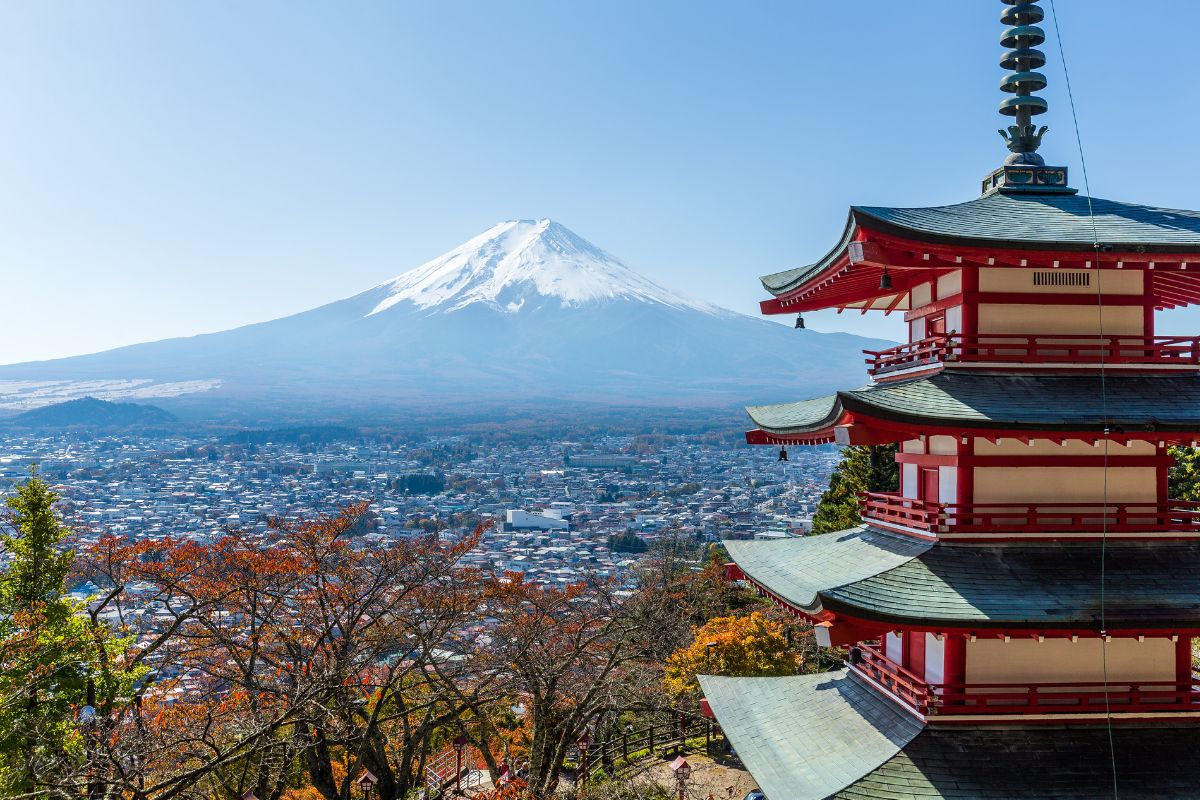Show table of content Hide table of content
In a remarkable turn of events, a young Chinese hiker found himself at the center of an unusual rescue story that has captured international attention. The mountaineer was rescued twice within a single week on Japan’s iconic Mount Fuji—the second time after returning to search for a lost phone. This incident highlights both the dangers of off-season hiking and the sometimes questionable decisions made in pursuit of personal belongings.
Double rescue on Japan’s highest peak
A Chinese student in his twenties living in Japan experienced an extraordinary series of events on the slopes of Mount Fuji in May 2025. His adventure began when he attempted to climb the mountain outside the official hiking season, which typically runs from early July to early September. During his first attempt, the hiker encountered serious difficulties at approximately 3,000 meters altitude.
Emergency services were called to rescue the young man, who was showing symptoms consistent with altitude sickness—a potentially dangerous condition that can affect climbers at high elevations. “We suspected he was suffering from mountain sickness and transported him to the hospital,” explained a spokesperson from the Shizuoka region police department. This initial rescue required a helicopter evacuation, similar to cases where unexpected encounters with dangerous wildlife demand immediate professional intervention.
Life This TikToker buys a used van and realizes it has a hidden surveillance device.
Most hikers would consider such an experience a clear warning to stay off the mountain—at least until the official season began. However, just four days after his first rescue, the same student made a surprising decision to return to Mount Fuji’s challenging terrain. His motivation? Retrieving the smartphone he had dropped during the initial evacuation operation.
This second attempt also ended in distress when another hiker discovered the young man struggling on the same unauthorized trail. Once again, emergency services were mobilized to rescue him from the mountain. The police later connected the two incidents, realizing they had deployed resources twice in one week for the same individual.
Why Mount Fuji presents dangers outside summer months
Standing majestically at 3,776 meters, Mount Fuji is not just Japan’s highest peak but also an active volcano with significant cultural importance. While thousands safely climb it each year, the mountain presents serious hazards, particularly outside the designated hiking season.
For most of the year, Mount Fuji remains covered in snow, creating treacherous conditions for even experienced hikers. The trails becoming especially dangerous due to slippery surfaces, potential avalanches, and rapidly changing weather patterns. These conditions are precisely why authorities strongly discourage climbing attempts from September through June.
Life Say goodbye to flat and deep plates, here’s the new dinnerware trend for 2025.
The pursuit of personal belongings sometimes leads people to make risky decisions, similar to how some travelers take extreme measures to recover or protect their possessions. In this case, the student’s determination to recover his phone placed him in jeopardy a second time and necessitated another resource-intensive rescue operation.
Japanese media reports did not confirm whether the hiker eventually found his missing phone after all the trouble. The repeated rescues have sparked conversations about personal responsibility on mountain trails and the strain such incidents place on emergency services.
Managing the popularity of an iconic landmark
The incident occurs against the backdrop of Mount Fuji’s growing popularity and the challenges this creates for conservation and safety management. During the official climbing season, the mountain transforms into one of Japan’s busiest outdoor destinations. Thousands of hikers make their way up its slopes, many opting for nighttime climbs to witness the spectacular sunrise from the summit—an experience known as “Goraiko.”
This immense popularity has led to significant overcrowding on the trails, creating both safety risks and environmental concerns. The Japanese authorities have implemented several measures to address these issues, including the introduction of entrance fees and climber quotas on the most popular routes.
Starting in summer 2025, hikers using any of the four main trails will be required to pay 4,000 yen (approximately €24.50) to access the mountain. This fee serves both as a conservation fund and as a means to control visitor numbers. The quest for memorable experiences drives many to tackle challenging situations, sometimes with unexpected consequences—not unlike cases where fulfilling lifetime dreams can lead to unforeseen outcomes.
This management strategy reflects a growing trend at popular natural attractions worldwide, where authorities balance public access with preservation concerns. Mount Fuji’s status as a UNESCO World Heritage Site since 2013 has only increased its international profile, bringing additional visitors each year.
Safety reminders for mountain hikers
This unusual double rescue serves as a powerful reminder of the importance of mountain safety protocols. Experienced climbers emphasize that respecting seasonal restrictions isn’t merely a suggestion but a critical safety measure. Mountains create their own weather systems, and conditions can deteriorate rapidly without warning.
The case of the twice-rescued hiker demonstrates how personal items, however valuable, are never worth risking one’s safety. Emergency services worldwide consistently advise adventurers to prioritize their well-being over material possessions. This incident has become a talking point among hiking communities about preparation, judgment, and knowing when to abandon personal belongings rather than face potentially life-threatening situations.
Life Everyone had this toy in the ’90s, and it now sells for over $3,000.
As Mount Fuji prepares for another busy summer season, this story serves as a timely reminder of both the mountain’s allure and its dangers. For those planning to experience Japan’s most famous peak, the official climbing season remains the safest opportunity to do so—with proper equipment, adequate preparation, and respect for nature’s powerful forces.


